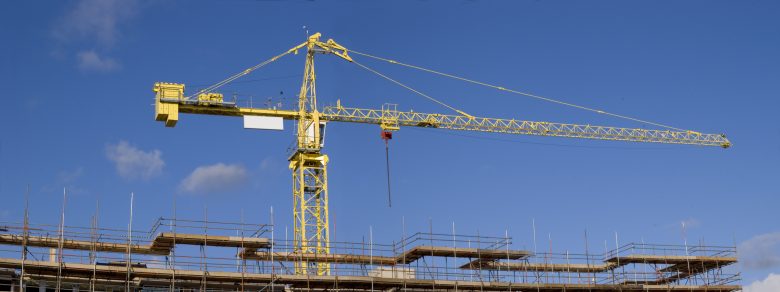The crane is often the first thing you see on a major construction site— they tower hundreds of feet in the air so that they can hoist, lower and horizontally suspend loads across a big construction site. A hazard this big requires particular attention be paid to the crane standard under the construction regulation—especially when using a type of crane that deviates from the norm.
OSHA recently announced a policy change specific to the crane standard (29 CFR Part 1926 subpart CC) regarding monorail hoists in construction. The change came in response to comments from stakeholders that a monorail hoist (attached to a fixed monorail mounted on equipment such as trucks, trailers, or scaffolding systems) is significantly different from cranes and derricks in construction and therefore the same standards should not apply.
Some monorail hoists do not rotate or boom out much farther than the equipment they’re mounted to. Instead, they extend in a fixed horizontal direction and can only hoist as high as the monorail. The concern from the stakeholders was that the crane standard provides very little protection when these monorail hoists are used.
Under the new policy, OSHA will not cite employers for failing to meet the requirements of subpart CC but they will need to meet the requirements set out for overhead hoists (29 CFR 1926.554). Employers are responsible for providing a safe place for their employees to work, and with the overwhelming list of OSHA standards it’s easy to become complacent with the rules. With this update to the crane standard, workplaces that make use of monorail hoists now have more clarity regarding their responsibilities.

